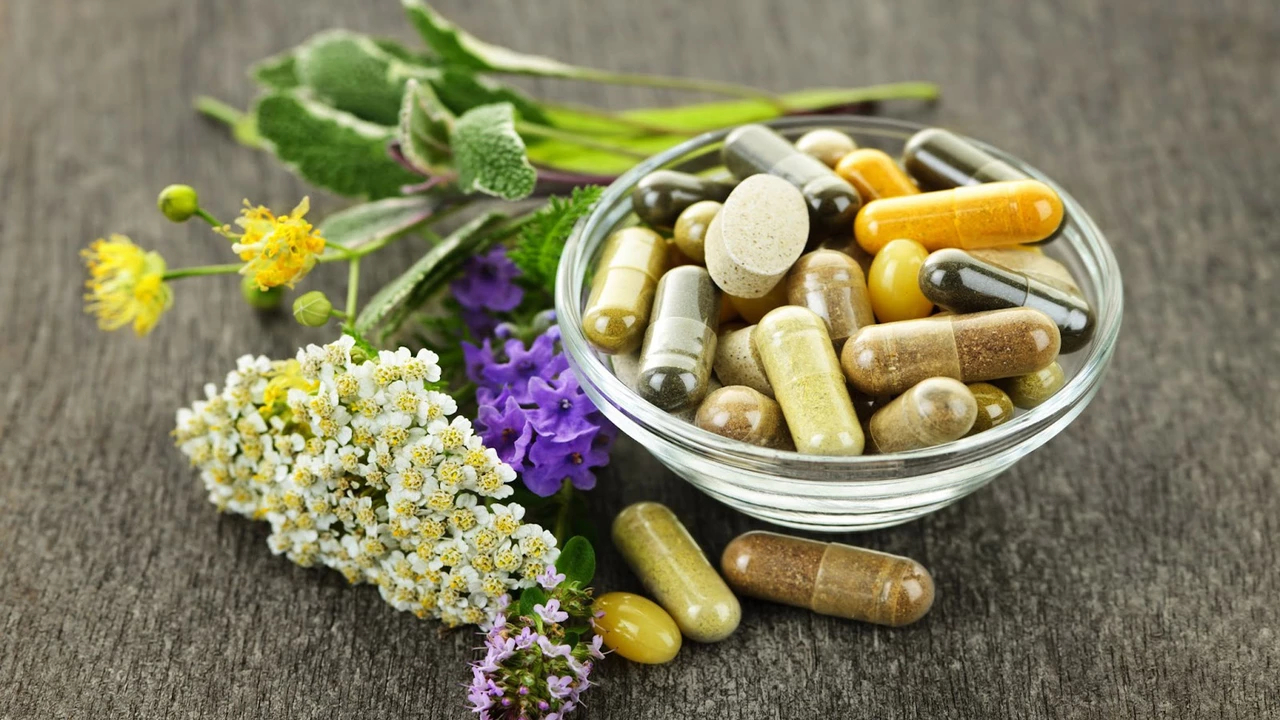Tamarind: Practical Uses, Benefits and Safety Tips
Tamarind shows up in kitchens and medicine cabinets around the world. It’s a sour‑sweet pod used as a cooking ingredient, a traditional remedy, and a modern supplement. This page gives you clear, practical info—what tamarind does, how to use it, and when to talk with a clinician.
What tamarind does and why people use it
Tamarind pulp is rich in fiber, tartaric acid, and vitamin C. People use it to add flavor to sauces and drinks, to ease mild digestive discomfort, and—in supplement form—for fiber and antioxidant support. Small human studies and traditional use suggest tamarind can lower post‑meal blood sugar modestly and help bowel regularity.
In cooking you’ll see tamarind as whole pods, paste, concentrate, or powder. In supplements it’s usually standardized extract or powdered pulp. Culinary amounts are safe for most people; supplements deliver higher, more concentrated doses and should be treated like any other herbal product.
How to use tamarind safely (practical tips)
Cooking: To make a quick tamarind paste, soak 2 tablespoons of pulp in 1/2 cup warm water for 10 minutes, mash, then strain. Use that in marinades, chutneys, or soups for bright acidity without vinegar.
Supplement dosing: Commercial tamarind extracts commonly range from 300–1000 mg per day, often split into two doses. Start low—try 300 mg daily—and watch how you feel before increasing. Follow the product label and stop if you get stomach pain, heartburn, or an allergic reaction.
When to be cautious: If you take blood sugar medicines, tamarind may boost their effect and cause low blood sugar. Check your glucose more often when you start tamarind and tell your doctor. If you use blood thinners (like warfarin), mention tamarind to your clinician; some herbs can change how these drugs work. Pregnant or breastfeeding people should ask a provider before taking concentrated tamarind supplements.
Picking and storing: Choose pods that smell fresh and aren’t moldy. Store paste or concentrate in the fridge and use within a few weeks after opening. Powdered pulp and sealed supplements keep longer—follow the expiry date.
Shopping tips: Buy tamarind paste with minimal additives—look for just tamarind and water or salt. For supplements, pick brands that list extract percentage and have third‑party testing or clear manufacturing details. Avoid products that promise dramatic weight loss or cure diseases; those claims aren’t supported by reliable evidence.
Quick troubleshooting: If tamarind gives you heartburn, reduce the amount or switch to a milder form like diluted paste. If you notice unusual bruising, bleeding, very low blood sugar, or severe stomach pain after starting tamarind, stop and contact a clinician.
Tamarind is a versatile, flavorful ingredient with some useful effects for digestion and blood sugar control when used carefully. Use it as food first, treat supplements like medicine, and ask your healthcare provider about interactions with prescription drugs.

Unlock the Power of Tamarind: Nature's Potent Dietary Supplement
In my latest blog post, I delve into the surprising power of tamarind, a fruit that's not only delicious but also a natural dietary supplement. This tropical fruit is packed with numerous health benefits, from aiding digestion to reducing inflammation. I explore the many ways you can incorporate tamarind into your diet, as well as discussing its potential health benefits in depth. If you're on the hunt for a natural, potent dietary supplement, tamarind might just be the superfood you're looking for. Don't miss out on discovering how this humble fruit could potentially boost your health.
Detail




